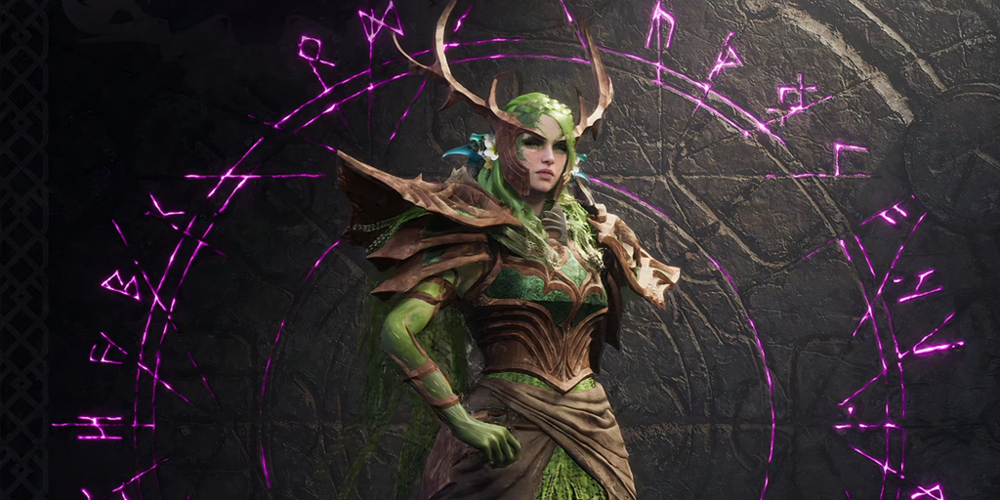What Is Cubic Zirconia?

Cubic zirconia (CZ) is an artificial gemstone created through a zirconium dioxide process. CZ has allured its way to the diamond market as one of the most sought-after alternatives because of its cheaper price and exceptional shine. First produced in the 1970s, diamond imitators gained immense fame in the jewelry industry due to their diamond-like appearance and low relative cost.
Key Features of Cubic Zirconia:
- Brilliance and Sparkle: Its look is glassy rather than resembling diamonds so closely stated as the “appearance of diamonds”.
- Hardness: CZ possesses a rank of 8-8.5 on the Mohs hardness scale which means it is durable competitively yet softer than diamonds or moissanite.
- Cost: CZ is very inexpensive and easily found everywhere so is suitable for lower-budget buyers.
- Durability: This can easily become scratched and dull over time, especially with constant use.
What Is Moissanite?
Moissanite is a lab-created stone that resembles a diamond. It was first found in a meteorite crater. Today, synthetic moissanite is mainly used since natural resources are too scarce to be deemed usable. Moissanite is a popular alternative to diamonds due to its amazing fire, and brilliance and It’s expensive.
Key Features of Moissanite:

- Brilliance and Fire: Exhibit rainbow sparkles due to superior refractive quality when compared to diamonds.
- Hardness: Scoring 9.25 on the Mohs scale of hardness, moissanites are second only to diamonds, making them highly resistant to scratches.
- Cost: While less expensive than natural diamonds, moissanites cost more than cubic zirconia.
- Durability: Extremely durable allowing everyday wear without losing energy over time.
What Are Diamonds?
Diamonds are naturally occurring gemstones formed under immense pressure and heat deep within the Earth. Known as the hardest material on Earth, diamonds are prized for their unmatched brilliance, symbolism, and investment value.
Key Features of Diamonds:
- Brilliance and Fire: Offers a natural sparkle and excellent light dispersion.
- Hardness: The hardest gemstone with a perfect 10 on the Mohs scale, making diamonds exceptionally scratch-resistant.
- Cost: The most expensive gemstone, with cost influenced by the 4 Cs—carat, color, clarity, and cut.
- Durability: Highly durable and passed down as heirlooms due to their resistance to wear and tear.
Cubic Zirconia vs. Moissanite vs. Diamonds – A Comparison
To make an informed choice, here’s a side-by-side comparison of cubic zirconia, moissanite, and diamonds based on important criteria:
| Feature | Cubic Zirconia (CZ) | Moissanite | Diamond |
|---|---|---|---|
| Material | Synthetic gemstone | Lab-created gemstone | Naturally occurring gemstone |
| Appearance | Brilliant but slightly glassy | Higher brilliance with rainbow fire | Natural brilliance and sparkle |
| Hardness (Mohs) | 8–8.5 | 9.25 | 10 |
| Cost | Low ($20-$200 per carat) | Moderate ($500-$1,500 per carat) | High ($2,000+ per carat) |
| Durability | Prone to scratches, and clouds over time | Highly resistant to scratches | Highly durable and scratch-resistant |
| Symbolism | Affordable luxury | Modern and ethically sustainable gem | Timeless and enduring classic |
| Best For | Temporary or occasional wear | Alternative to diamond engagements | Traditional, long-term investment |
Read More: diamond vs moissanite vs cubic zirconia
Read More: radiant vs emerald cut
Read More: which is better moissanite or cubic zirconia
Read More: creative 40th birthday gift ideas for him




